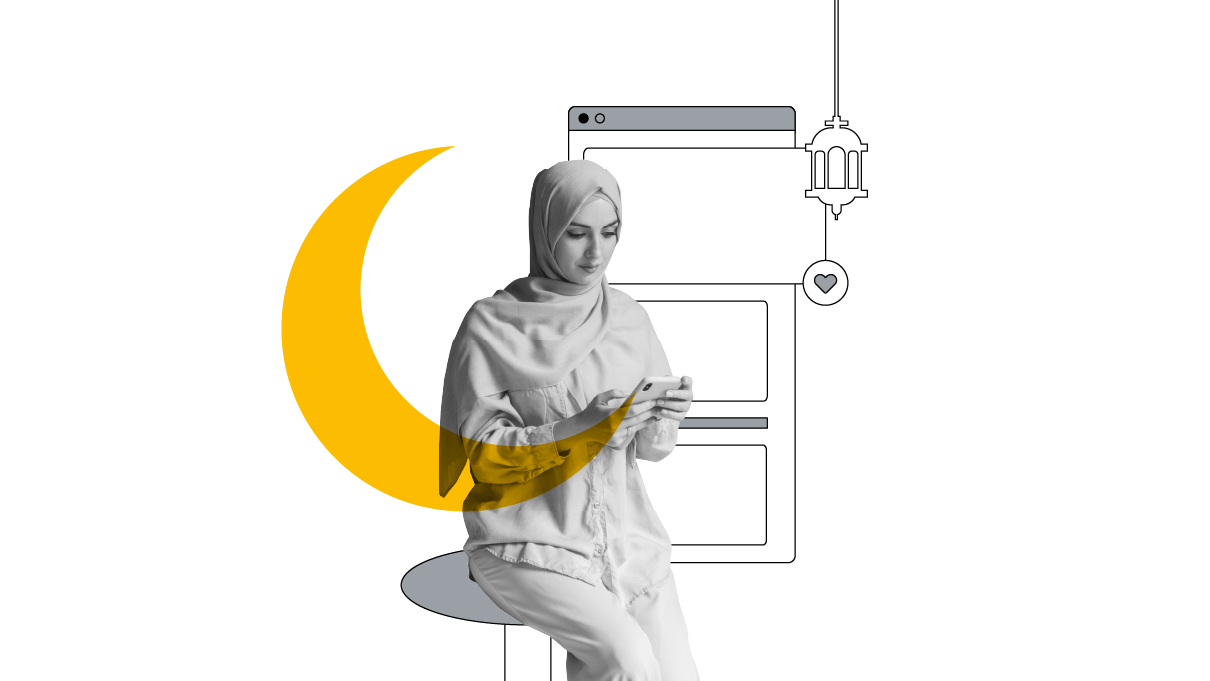We are now in a state of equilibrium, adopting new habits and reexamining existing ones. Search insights trends across EMEA show comfort with a ‘new normal’ as consumers and businesses adapt to the dynamic environment, with long-term planning in mind through an uptick in interest in houses and cars for sale.
While market dynamics and user habits continue to evolve, many marketers are dynamically re-evaluating their creatives to ensure elements like tone, copy, and visuals are appropriate for the evolving landscape. This means either altering existing assets, or producing new ones in a way that can resonate well with audiences.
So how do you redesign your creative strategy to develop helpful campaigns that speak to the needs of users today?
Look at what users want
Consumers are searching for new ways to stay physically and mentally healthy after months at home, as well as long term-planning such as eventual holidays and buying houses. Keeping in mind their evolving needs, it is crucial to remain helpful and relevant at a time when audience affinities and habits are constantly changing.
Does this mean users are still receptive to advertising in the same way? While a deeper and dynamic understanding of consumer needs holds the key, take a look at this revealing survey from Kantar about what people would like to see in ads at this time:
- 77% want to know how a brand can be helpful in a “new normal”
- 75% want to be informed about the brand’s efforts to face the new situation
- 70% expect from brands a ‘reassuring’ tone of voice
Evaluate your assets
To that end, here is a framework of three steps to help you rethink your creative strategy as businesses learn to cope and focus on being agile during dynamic times.
1. Adapt to user needs
Users are adjusting to a new environment after many months at home, often with restricted movement. A campaign’s messaging and the values communicated should empathise with the ongoing shifts that consumers are experiencing.
2. Evaluate your creative assets and messaging in real time
There are important questions to ask to evaluate your creative strategy and communications in the adjustment phase. These are examples of questions to ask yourself to ensure your material is appropriate and relevant to the context:
- Are you considering the users’ tension points so that no asset is tone deaf?
- Is the creative idea right at this time and within the context of the current environment?
- Are you showing empathy for your customers’ challenges?
Do: In general, a tone of voice that is calm, reassuring, and positive is welcomed. Being honest and helpful is viewed as a practical way to address concerns.
Don’t: Avoid messaging that comes across as opportunistic or gimmicky at a time when the key is to connect with your customers’ tension points. Brands that push too hard or have a salesy tone may seem opportunistic, even unintentionally. Humble beats smart.
Testing, particularly through A/B tests and video experiments, is an efficient way to get a quick read on how your refreshed creative strategy is resonating with users.
3. Produce assets with a fresh mindset
Once you’ve taken time to understand your audience’s needs, you can use those insights to develop creatives that are relevant and helpful. Whether you plan to start from scratch or utilise existing material, here are six top tips to help guide the production of assets during the pandemic:
Editing or remixing licensed, existing footage
A clever use of editing, music, and/or a voiceover can give a campaign a fresh twist. Consider adding an informative messaging upfront, or at the end, as a disclaimer that pre-pandemic footage was used. This was cleverly employed in Visit Dubai’s recent campaign to encourage people to #StayHome during lockdown.
Finalise unused, raw footage
Whether taken from a brand film, product video, social assets or a TV commercial, there are always terabytes of footage waiting on hard drives to be used in new ways. Take a look at how Coca Cola Egypt’s campaign used repurposed content successfully.
Play with execution
Try illustration, CGI, stop motion, or mixed media. This was already a cool choice before COVID-19, now it could be a necessity.
Keep it simple
Don’t underestimate the power of a great story narrated with words, music, and sound design, like in Nike's Mamba Forever campaign. A timely script and music and sound design could be all you need to be impactful.
Consider user-generated content
The world is full of people creating their own content and stories. You can use existing footage whose authors can be contacted to license it to you or produce a new, user-generated content piece based on your brief.
Work like — or with — YouTube creators
They pioneered and mastered a new style of digital-first storytelling: a single person shooting, often just with a phone. By stripping production to the bare essentials YouTube creators have learnt how to hook their audiences by connecting with them on a more personal level to build trust and loyalty. Take inspiration from popular content creators, such as Saudi Reporters and Noor Stars.
Reassess again and again
No one has a perfect playbook for the times we are living in. The industry needs to write it together, based on what we know to be true and testing what we guess could be right. Assessing, adapting, and experimenting with creativity can keep your messaging current, improve effectiveness, and help your brand stay relevant during times of uncertainty.






